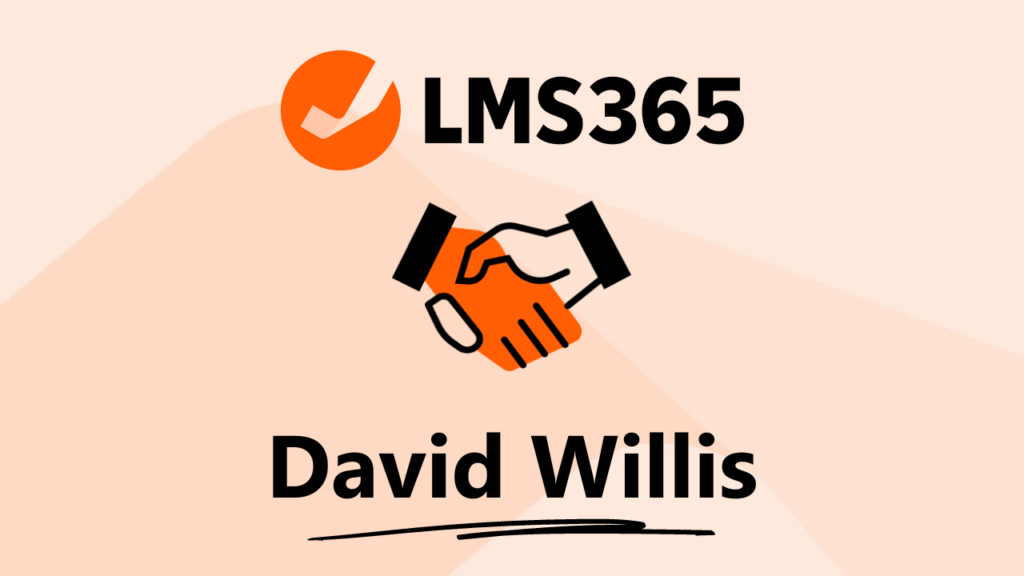SPOILER ALERT: Starting a new job can be a nerve-wracking experience. Even if a new hire has experience, it will take some time for them to settle in and get used to their new workplace. All the while, they are likely not being as productive as they will eventually become. And are experiencing some pretty major bouts of new job anxiety. So here’s how to help your new staff feel settled and increase their chances of long-term employee engagement.
First impressions count for new staff
How long it takes for a new employee to hit their stride will depend on how their employer welcomes them into the organisation. Those formative early days in a new company are vitally important for building a long-lasting relationship with your employees. Employee engagement starts to grow (or fade) from day one, so making the right impression is key to driving long-term loyalty and job satisfaction. If you’re looking to boost employee engagement in new staff members, the first thing you should do is look at your onboarding process.
Clear expectations can inspire employee engagement in new staff
It’s vital that new employees have a good understanding of their responsibilities. They will have been discussed to some extent during the interview process. But don’t expect it to have been anything more than a general overview. So to improve employee engagement in new staff, part of your onboarding process should be discussing day-to-day expectations from their first day in the company.
You should make sure new hires have a clear understanding of organisational objectives, as well as how their individual responsibilities feed into them. Even seasoned employees can struggle to understand what’s expected.
Communicate clearly for a better onboarding experience
As well as establishing individual responsibilities, it’s also a good idea to go over the protocol for workplace communication too. Tools like Microsoft Teams and Slack were already seeing widespread use in progressive businesses even prior to COVID, but organisations may implement them in slightly different ways. Discrepancies in use across organisations can lead to confusion for new starters, so simply assuming that your new hire knows how to use Teams, isn’t enough of an onboarding check. And may detract from their digital wellbeing.
Tell employees what each communication channel is for. And remember to invite them to any regular video stand-ups. Employees need to know how feedback works within the organisation. Hopefully, you’ve implemented a cycle of frequent, two-way feedback to help new staff raise concerns or challenges. Regardless of your approach though, ensure new starters know when they can expect to get and share workplace feedback.
On-boarding processes should be inclusive
While it’s far from the only kind of workplace wellbeing, social connections at work keep us motivated to succeed. So if you care about employee engagement in new staff members, factor social wellbeing into your onboarding process. Introduce new employees to everyone in their team, and make sure they meet members of senior management and HR too. Ideally on day one.
Invite new staff to social bonding activities planned or special interest groups. It’s not everyone’s cup of tea though. So make sure they know these are optional.
During the onboarding process, you should also address the other forms of wellbeing. Make accommodations for health conditions, and be explicit about sick day protocols. You should also provide access to mental health resources and help with financial planning. Particularly where a mismatch between old and new paydays can cause short terms pains and stresses. It’s worth including this information (or directions for accessing it) in an induction pack for new employees.
Boost employee engagement in new staff with mentorship
Mentorships help employees to improve their performance, plan their career paths, and manage the stresses of their role. While any form of mentorship could benefit employees, one type can be particularly useful for those fresh-faced new hires. Peer mentorship means assigning a mentor who works at the same level. This gives your newbies an immediate practical target to aim for in terms of aptitude.
It’s especially useful in roles that require a lot of personal autonomy. Because the more experienced peer can help their mentee to settle into a routine that works for them. Peer mentors are in a unique position. They can empathise with their mentee and provide pro-social support.
As well as boosting employee engagement in new staff, these peer relationships can be quite beneficial for the mentors too.
Not only does it make them look good and improve their own likelihood of promotion, but actively mentoring someone else makes you reflect on and reinforce your own knowledge. This means that the engagement-boosting effects of mentorship can even be mutually shared.
How Zensai helps new staff to feel engaged
Regular employee check-ins can drive your employees to be as engaged and productive as possible. That applies to your new hires as well. Check-in questions to be customised week-to-week. This means a new employee’s questions can focus on how they’re settling in and what support they need to succeed.
Each employee check-in also contains a section for SMART Goals or OKRs. These are great for instilling a sense of employee engagement in new staff. Not just because you can see their contributions, but because employees know how their work impacts the business. Weekly self-reflection on performance has been shown to have long-lasting impacts when it comes to improving productivity.
Recognition builds new staff engagement from day one
Our employee recognition questions enable staff on all levels to highlight each other’s good performance. This helps new hires feel welcomed by their colleagues as they get notified of any positive recognition they receive.
Finally, our performance review and 1:1 templates allow managers and HR to build evidence-based reviews specifically for new starters. Most run an ‘end of week one’ review and an ‘end of probation‘ review. These help new staff focus on their early performance and experiences.









